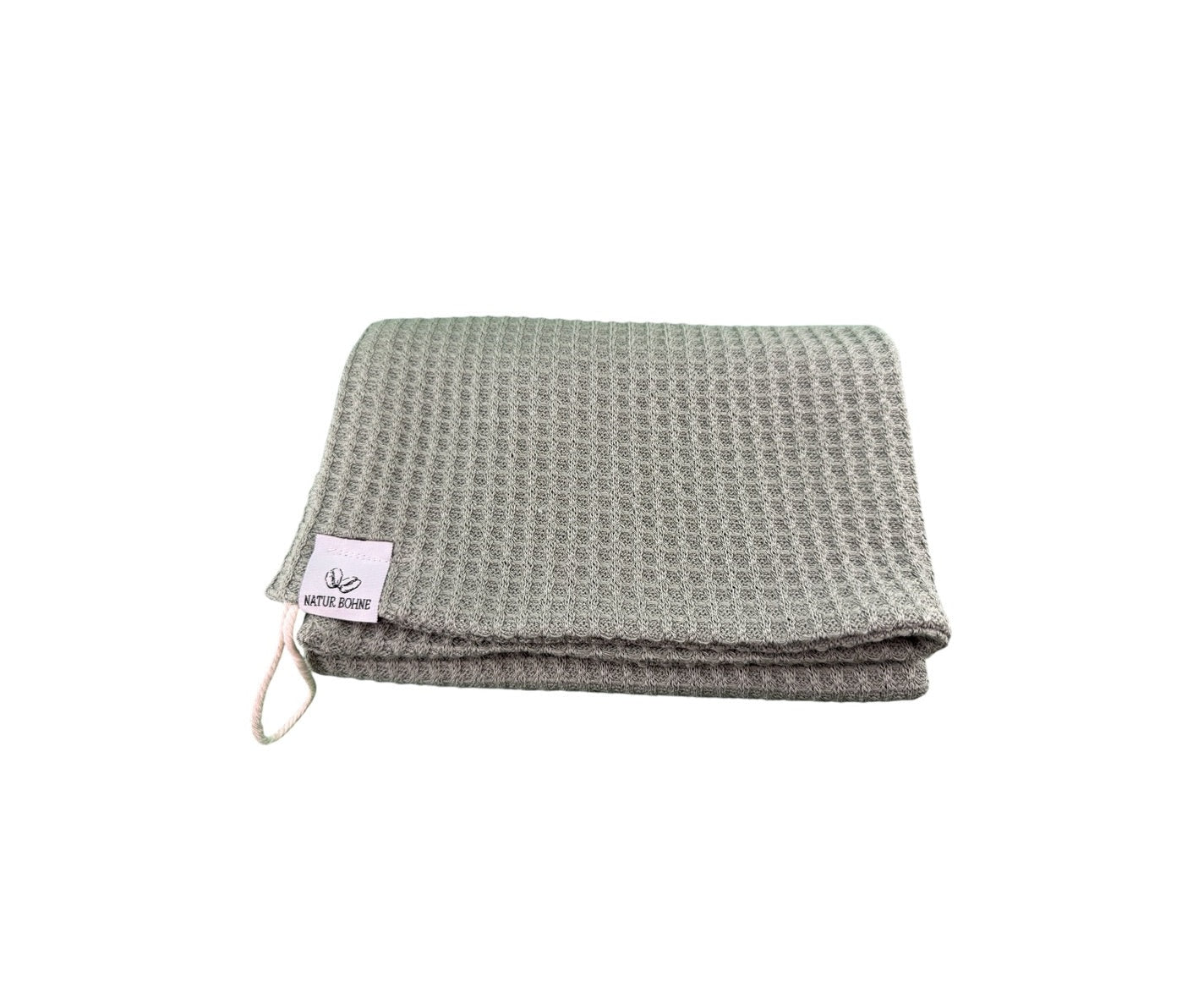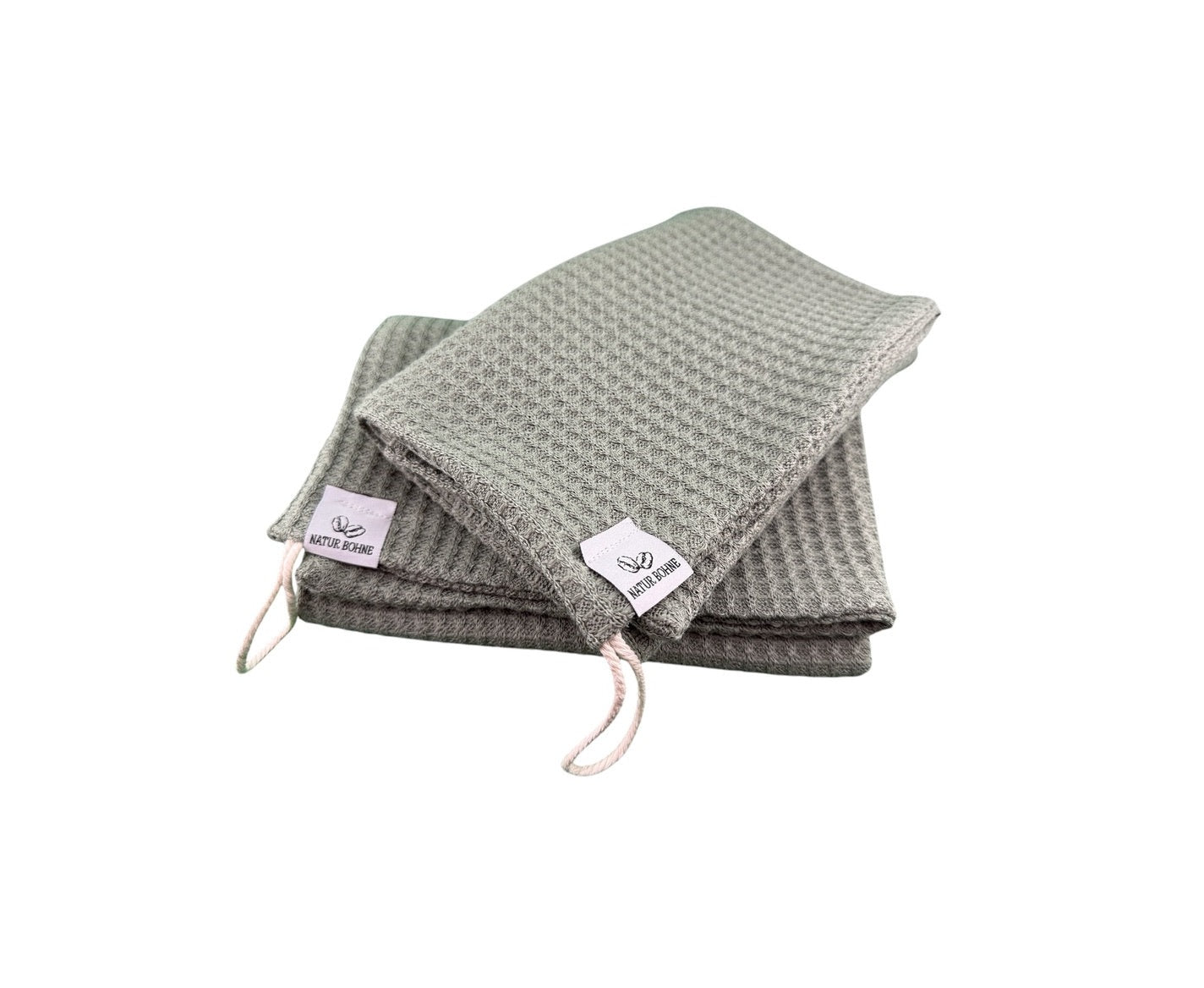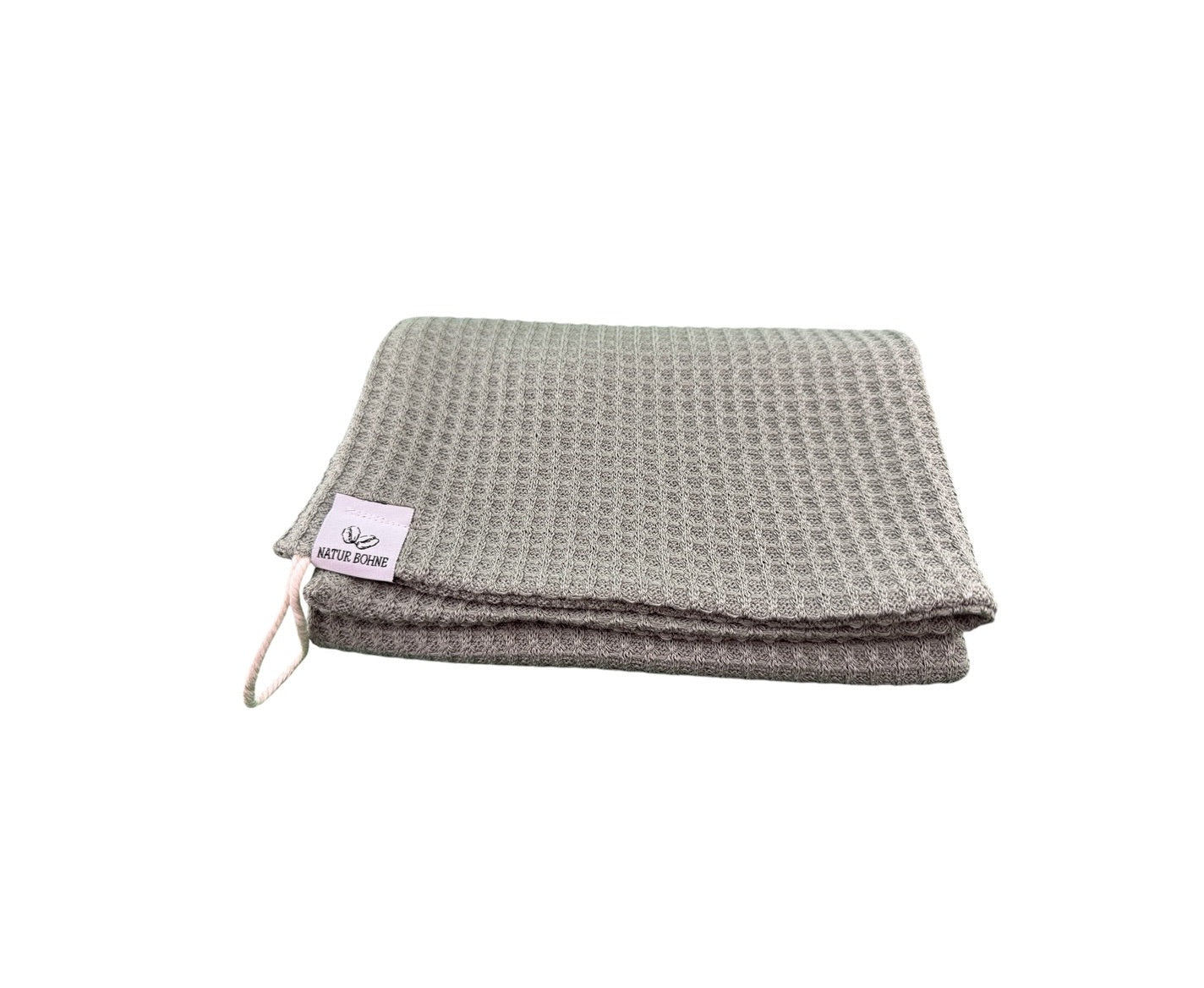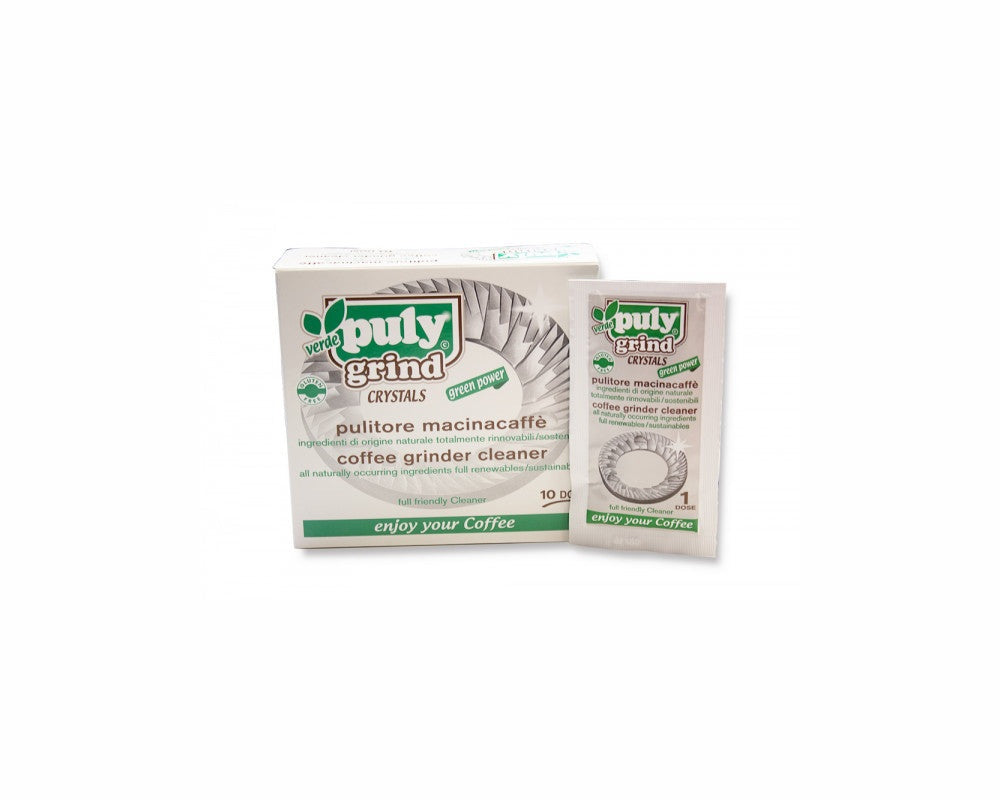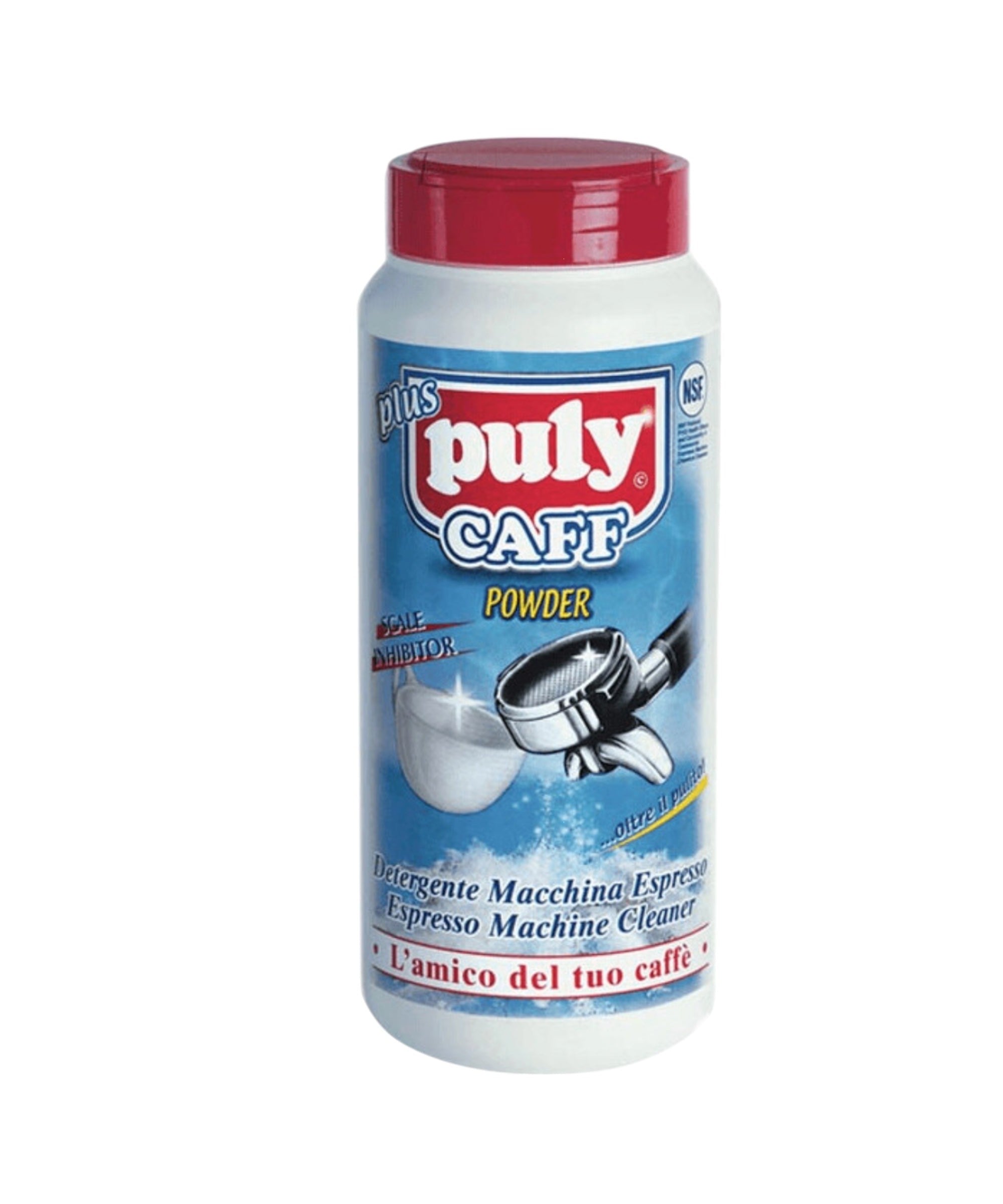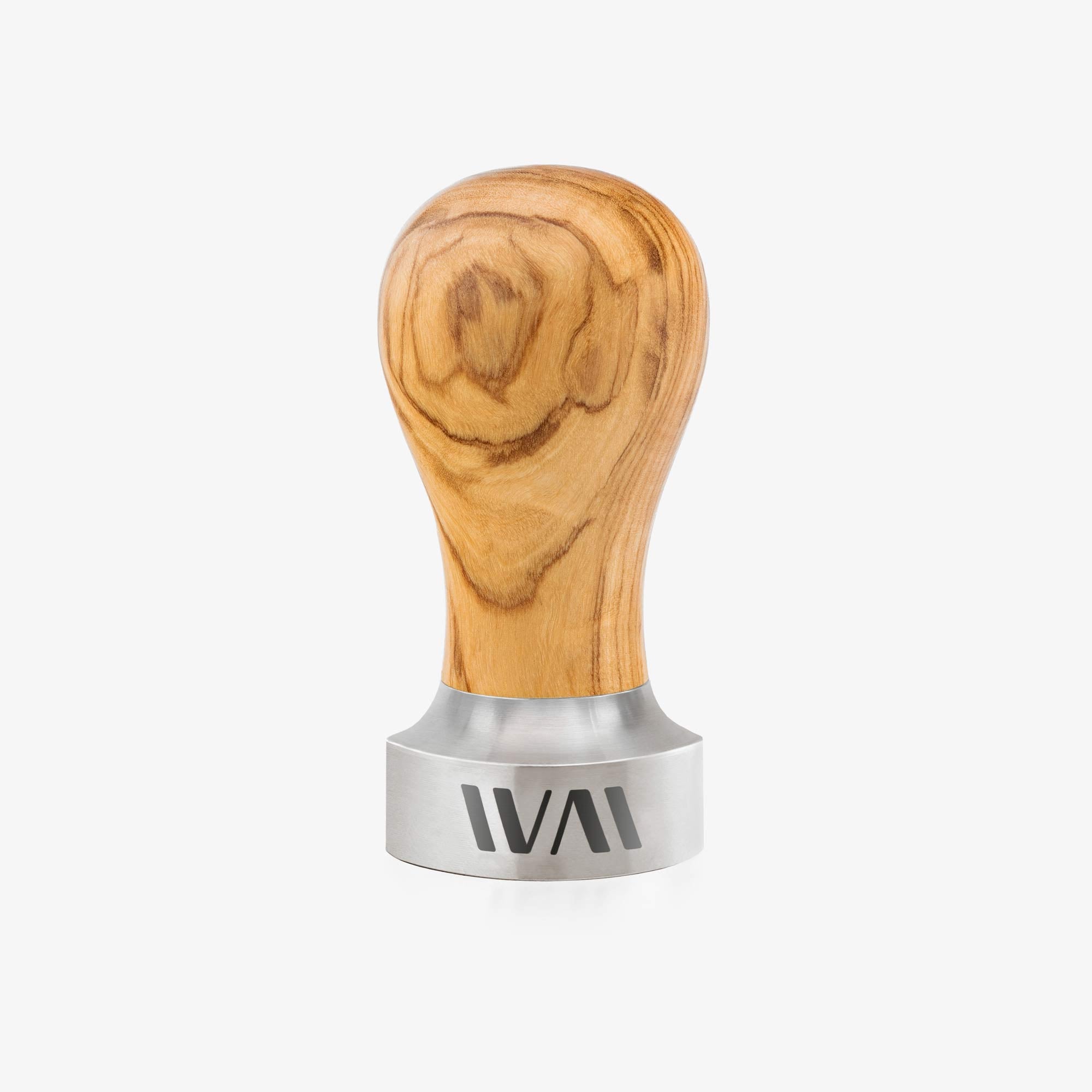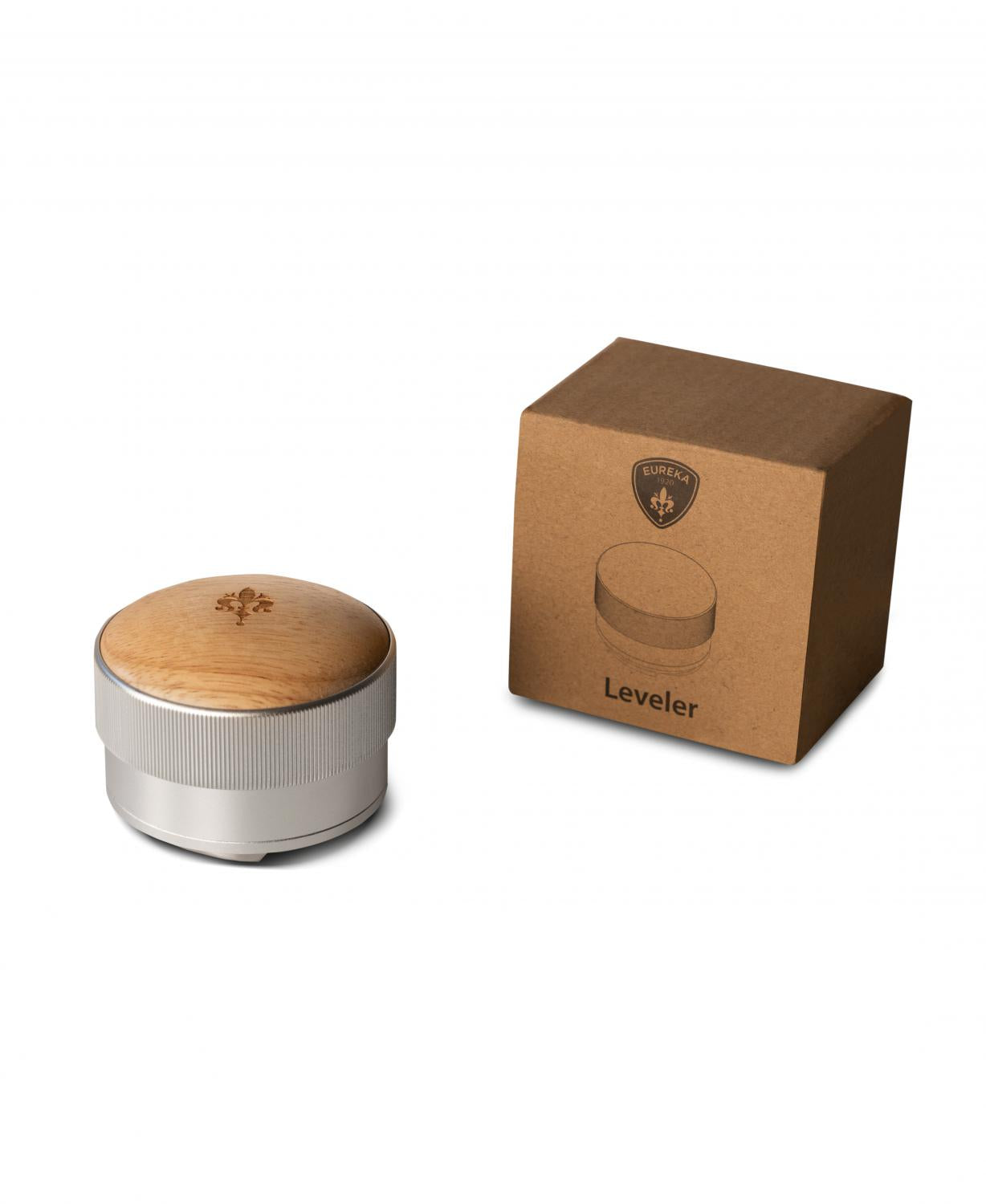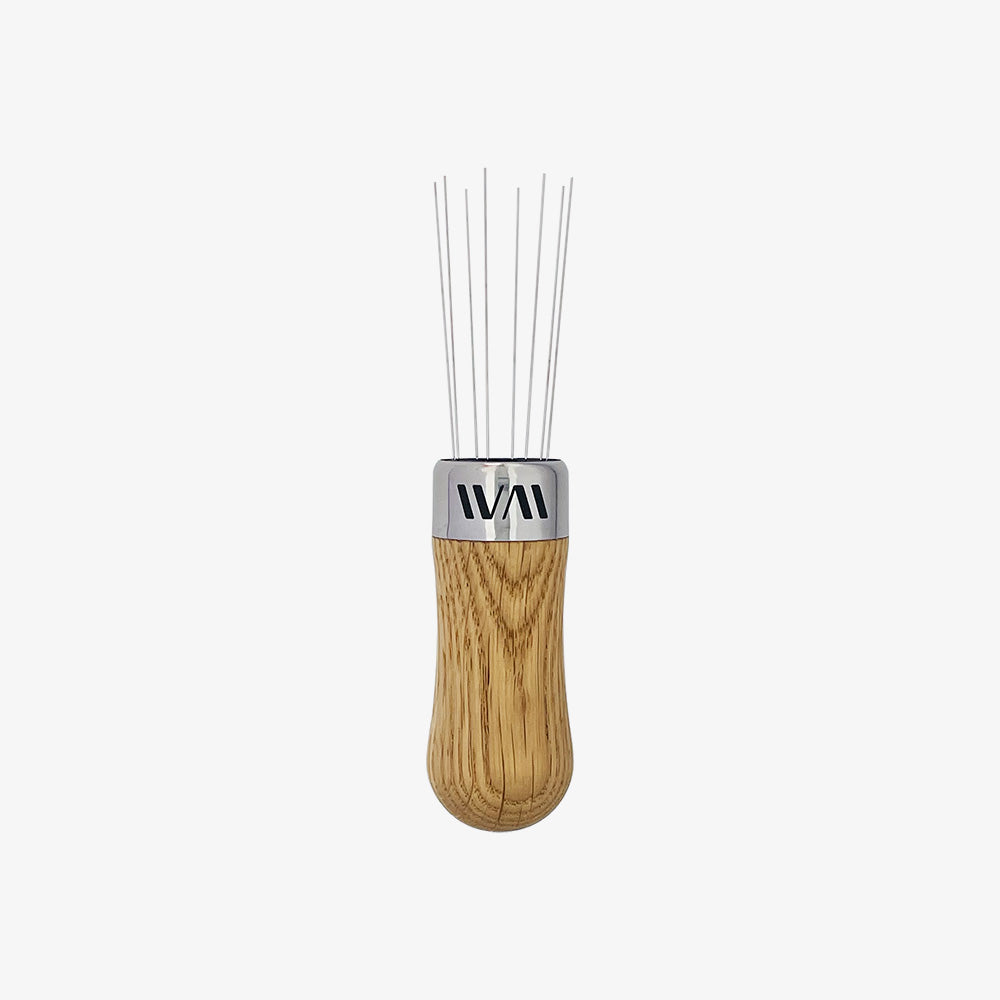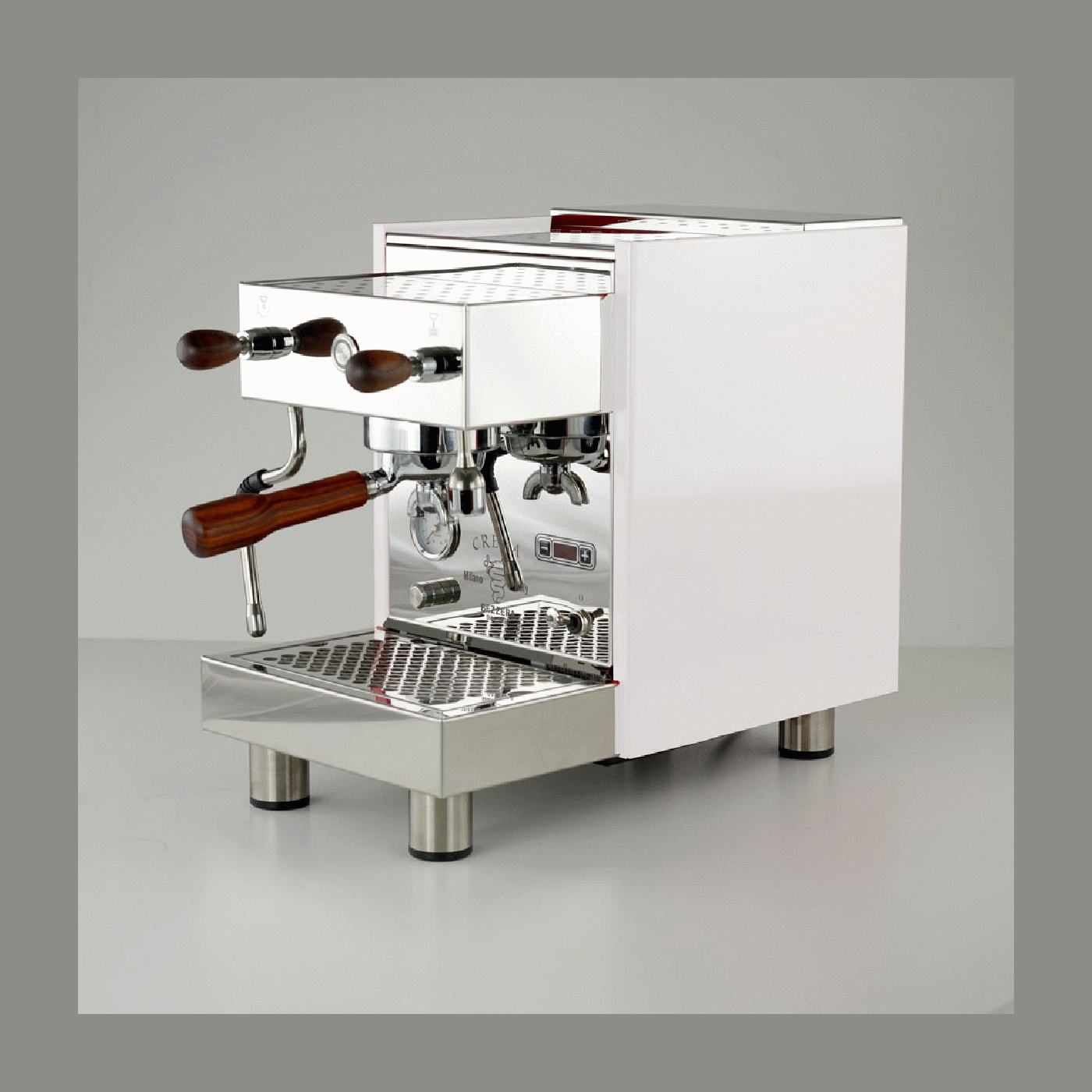
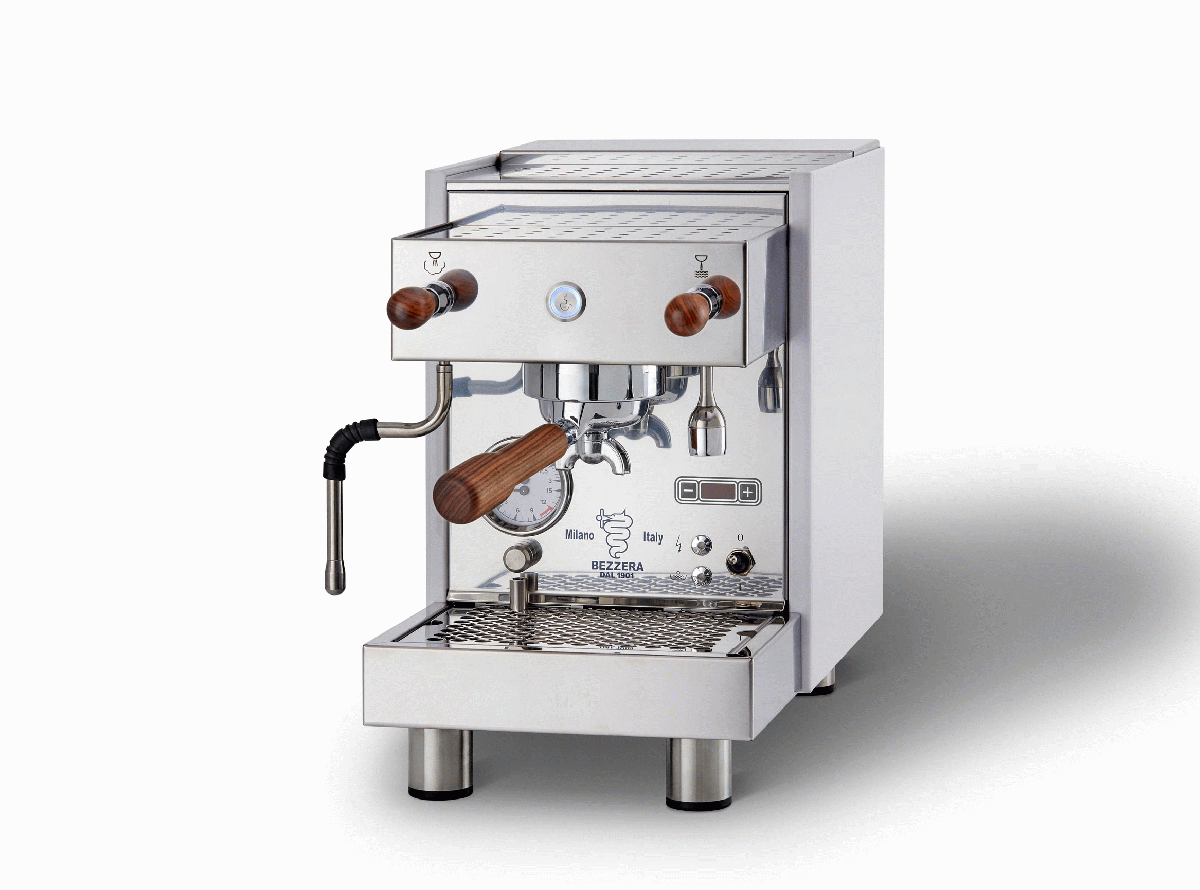

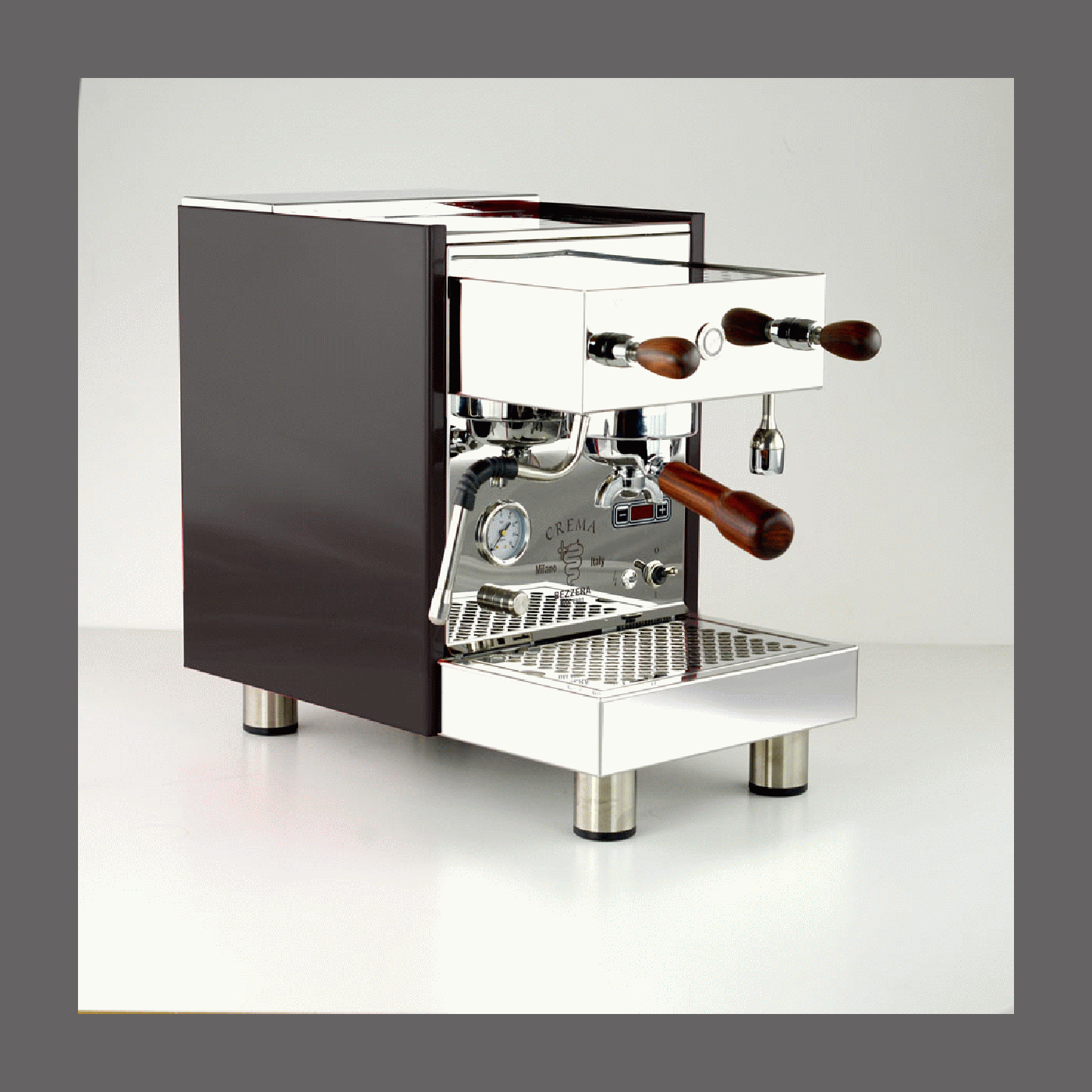
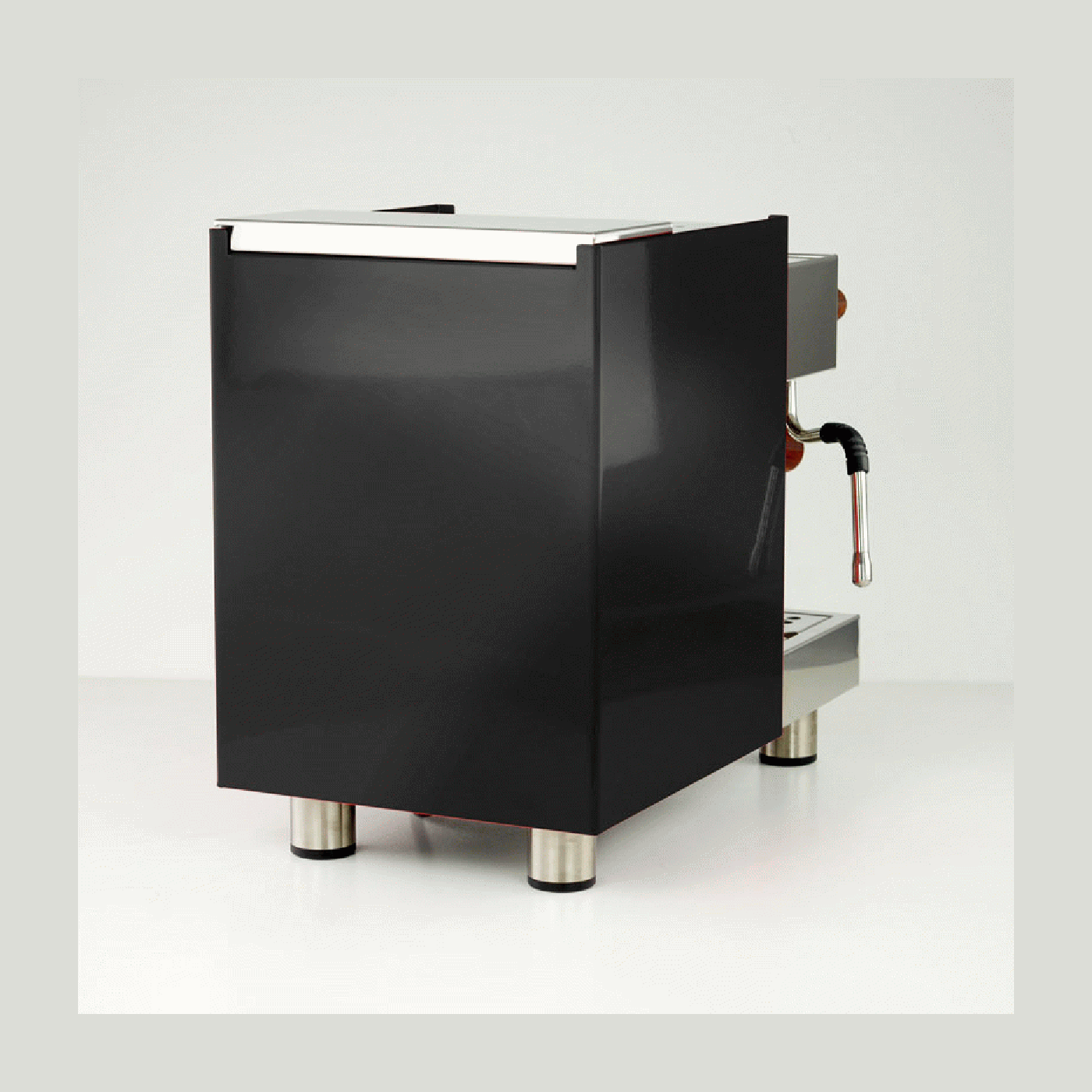
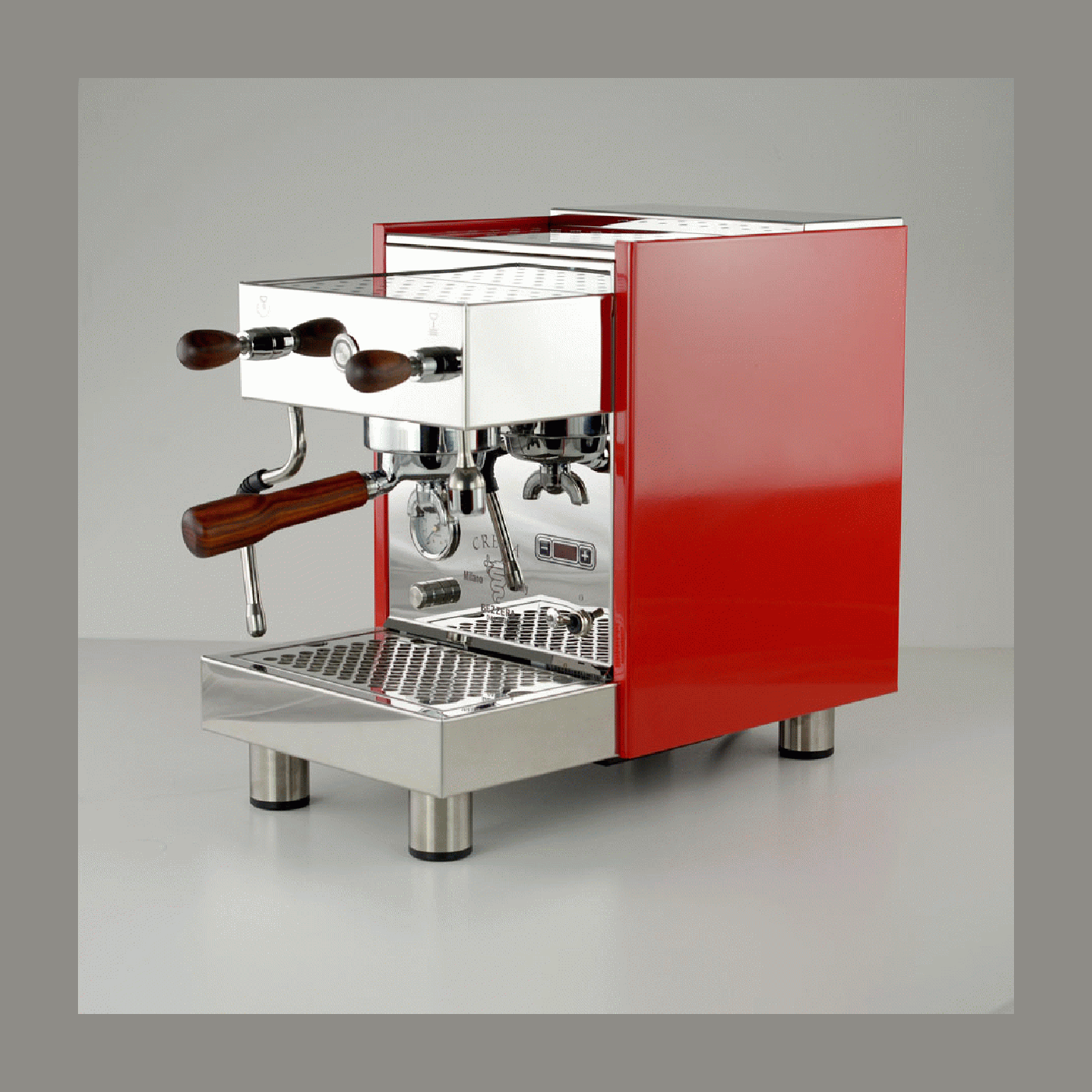

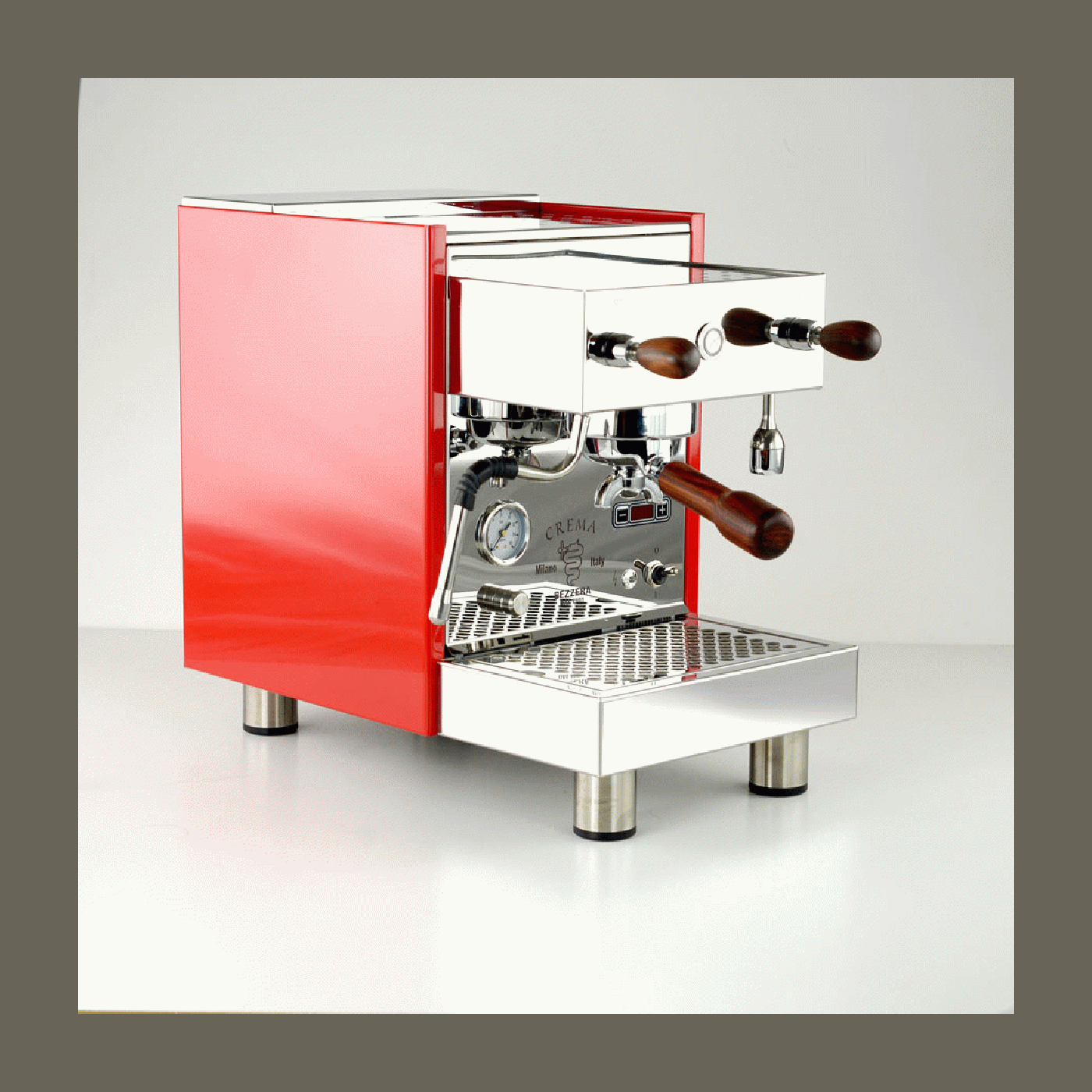
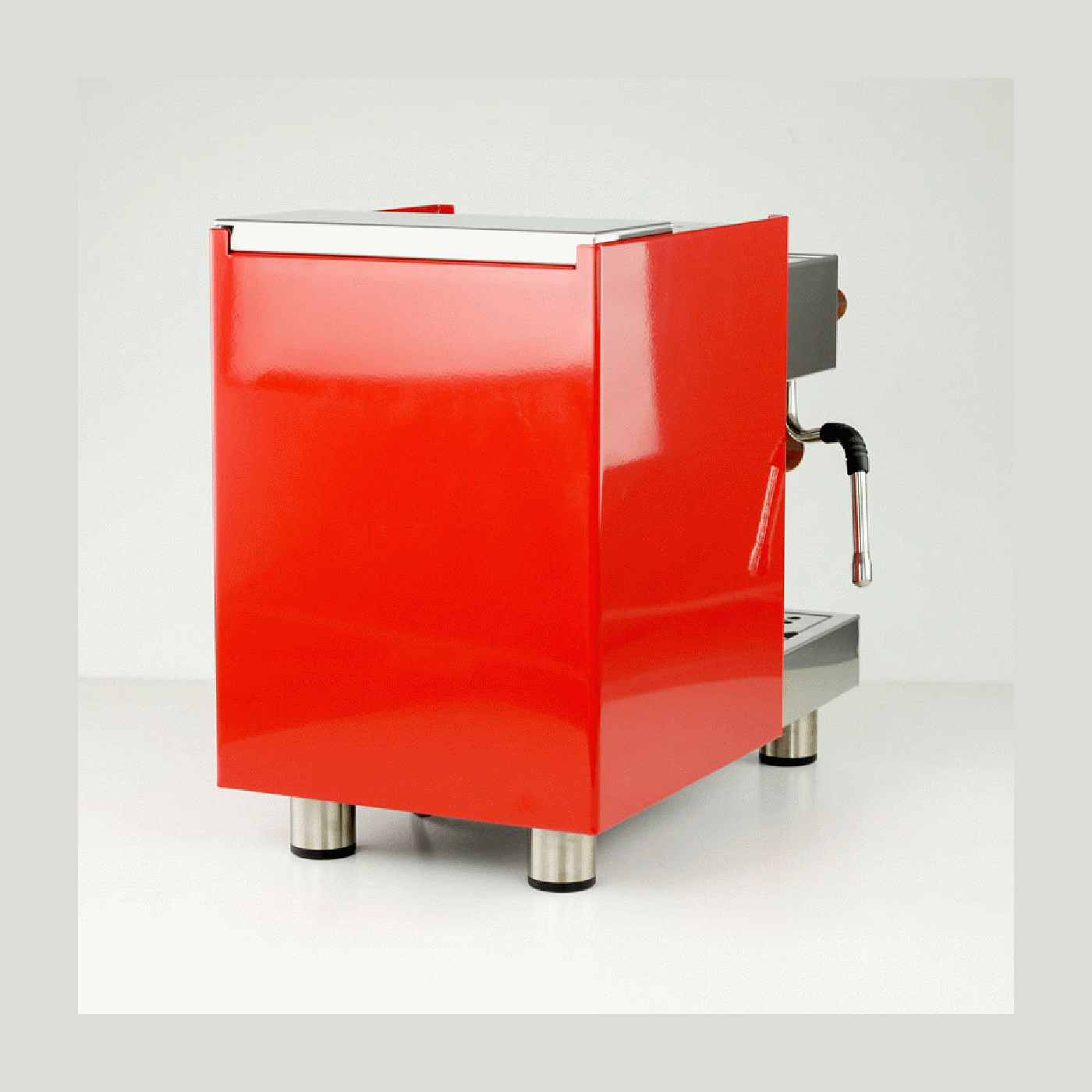
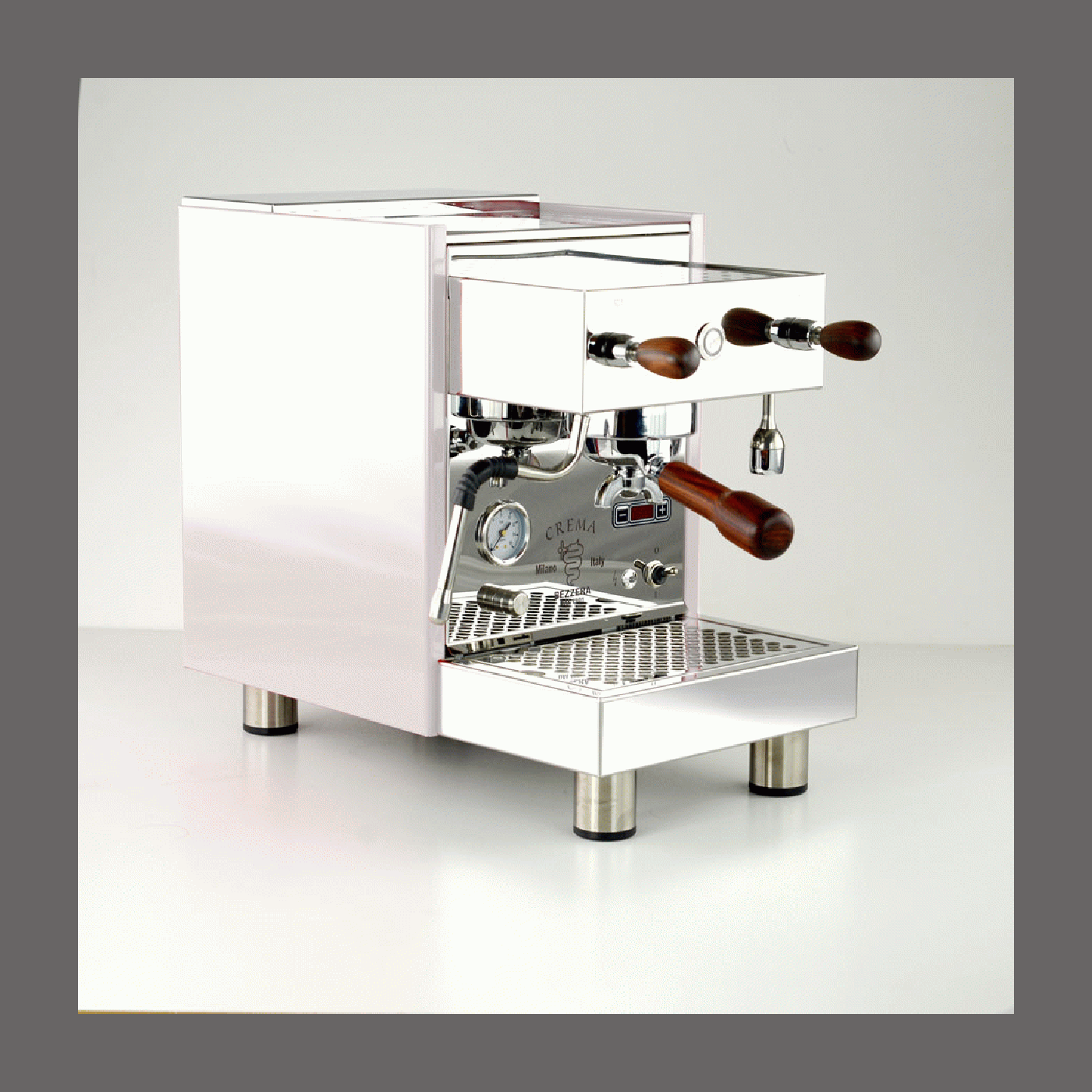
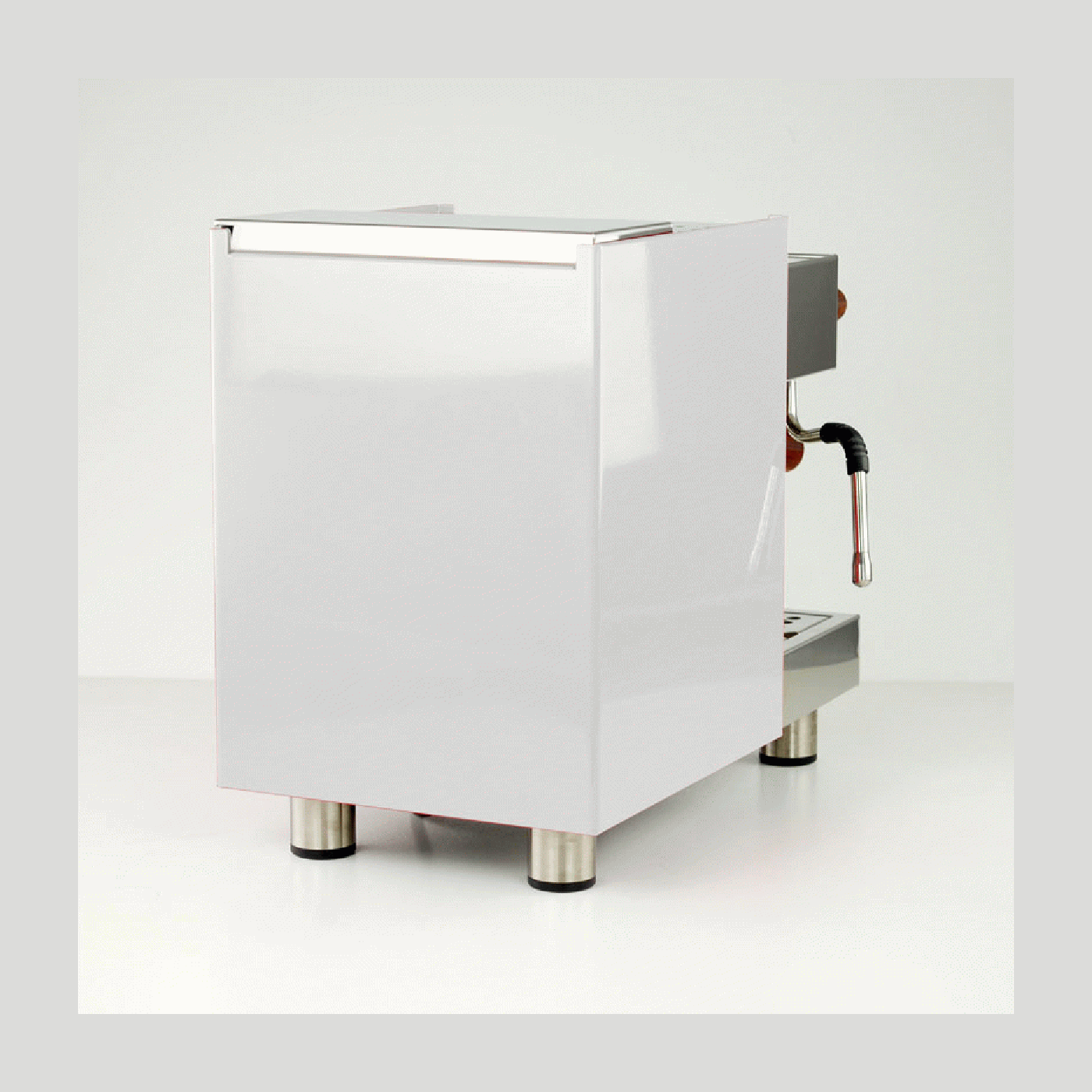
Bezzera Cream PM PID Espressomaschine
Finanzieren ab 153,88 € / Monat* mit
inkl. Mehrwertsteuer
🚚 Shipping within EU: 49 BGN
EU shipping costs, see shipping policy.
Passt wunderbar dazu

Bezzera Cream PM PID Espressomaschine
The Bezzera Crema PM PID is an elegant and powerful dual-circuit portafilter machine that impresses with its compact design, high-quality workmanship and precise temperature control. Thanks to the modern PID control, the electrically heated brewing group and the classic heat exchanger system, the machine is ideal for coffee lovers who want to achieve professional espresso results at home. The integrated PID system allows the boiler temperature to be set between 80 °C and 100 °C with pinpoint accuracy. The current temperature can be conveniently read off the digital display at any time. This allows you to adjust the brewing temperature precisely to the bean used - whether it's a fruity, light roast or a dark, strong espresso. Temperature fluctuations are minimized, which ensures consistent extraction results. The Bezzera Crema PM PID is equipped with a dual-circuit heat exchanger system. This means you can make espresso and froth milk at the same time - without waiting. Ideal for cappuccino, flat white and co. The 1.5-liter copper boiler ensures stable temperatures and is known for its excellent thermal conductivity. The Bezzera Crema PM PID impresses with intelligent temperature control, a proven dual-circuit system and high-quality workmanship with stylish wooden details. The Crema PM PID is the perfect choice for anyone who values a consistent, temperature-stable brewing result but does not want to miss out on the classic barista feeling.Bezzera Crema PM PID - Precise brewing temperature for sophisticated espresso enjoyment
Intelligent temperature control with PID
Efficient thanks to the dual-circuit system
Convenient & fast
Technical data
Machine type:
Dual-circuit
PID control:
Yes, can be set to the exact degree via the display
Brew group:
Electrically heated Bezzera BZ brew group
Pump:
Vibration pump
Boiler:
1.5 liter copper
Water tank:
3 liters, removable
Power:
1200 W
Dimensions (W×H×D):
25 × 37.5 × 45 cm
Weight:
22 kg
Cup tray:
passively heated
Fixed water connection:
No
Pressure gauge:
Yes (for pump pressure)
Pre-infusion:
No
Scope of delivery
Conclusion
Angaben zum Hersteller
Naturbohne Barista Towel 40x40
Puly Grind mill cleaner 10x15g
Eureka Tamper Station (double)
Wiedemann WDT distribution tool
Upgrade for your portafilter machine
Matching accessories
If you have any questions, please feel free to contact us at any time. We will get back to you as soon as possible, within 24 hours on weekdays.
-
Shipping info
We ship all products the same day if ordered before 1pm.
-
Support
We will also be there to support you and advise you after your purchase. If you have any questions about the product you purchased from us, please contact us.
-
Contact
Email: hello@naturbohne.de
Telefon: 07454 / 870 48 64
Frequently Asked Questions
I bought a new coffee grinder from Naturbohne and there are coffee residues in it.
Please note: Some manufacturers test their coffee grinders before shipping, which means that small coffee residues or bean residues can occasionally be found in the grinder. This procedure is used to test functionality and is considered a quality feature. Of course, we only sell new products - unless expressly stated otherwise.
Static charge – coffee grounds spray out from the side
With some coffee grinders, the ground coffee can become statically charged and spray out of the portafilter at the side. This means that not all of the ground coffee gets into the portafilter, which can lead to uneven extraction. Our recommendation: Use a dosing funnel to ensure that all of the ground coffee is precisely fed into the portafilter - for optimal espresso enjoyment.
What is dead space in coffee grinders?
Conventional coffee grinders often leave a so-called dead space in which coffee residues accumulate. These residues can not only affect the freshness, but also lead to old and fresh coffee grounds being mixed, which negatively affects the taste. In contrast, single dose grinders have a well-thought-out design that eliminates the dead space. Each portion is ground individually and precisely so that no residues are left behind - for a consistently pure and full-bodied coffee experience.
Which portafilter fits my espresso machine?
When choosing the right portafilter for your portafilter machine, it is important to know that each manufacturer develops its own brewing group - the most well-known is the Faema E61. However, this does not mean that any portafilter will fit without any problems. An incompatible portafilter can leak, which will have a direct negative impact on the quality of your espresso. We therefore recommend using either the portafilter originally supplied or one that is explicitly stated to be compatible with your machine. This will ensure that the pressure is optimally built up and the espresso is perfectly extracted.
Can I visit you or pick up the goods personally?
Yes, of course, you are welcome to come by and look at our products by appointment. We would be happy to advise you personally. The best thing to do is to send us an email with a few suggested appointment times.
We are located 5 minutes from the motorway between Stuttgart and Lake Constance on the edge of the Black Forest.
Important note, first use coffee grinders
Another little tip for the perfect start with your new mill:
You will get the best grinding result after you have ground about 1-2 kg of beans. It is best to use a few cheap beans so that the grinder can work optimally. And if you are wondering what you can do with the bean flour - it is perfect plant fertilizer! 🌿
It contains nitrogen, potassium, sulfur and phosphorus and is a real nutrient bomb for your plants.
Könnt ihr bei meiner Siebträgermaschine eine Offset Kalibrierung durchführen ?
Es gibt einige Argumente, die gegen eine Offset-Kalibrierung bei Lelit-Siebträgermaschinen sprechen, insbesondere bei Modellen wie der Lelit Bianca. Diese beziehen sich vor allem auf die Komplexität und die Limitierungen des Offsets als alleinige Lösung für Temperaturprobleme:
- Temperaturschwankungen und Instabilität. Der Offset berücksichtigt eine konstante Differenz zwischen Kesseltemperatur und Brühtemperatur. In der Praxis können jedoch Temperaturschwankungen auftreten, z. B. durch längere Standzeiten oder kontinuierliches Brühen. Dadurch ist die tatsächliche Brühtemperatur nicht immer präzise vorhersehbar.
- Abhängigkeit von Umgebungsbedingungen. Faktoren wie Raumtemperatur, Luftfeuchtigkeit und der Zustand der Maschine (z. B. Aufheizzeit) beeinflussen die Brühtemperatur erheblich. Ein fester Offset kann diese Variablen nicht dynamisch ausgleichen, was zu ungenauen Ergebnissen führen kann.
- Wärmeverlust bei Standzeiten. Nach längeren Pausen kühlt die Brühgruppe ab, und die Maschine benötigt Zeit, um wieder auf die gewünschte Temperatur zu kommen. Ein korrekt eingestellter Offset kann dies nicht kompensieren, weshalb zusätzliche Maßnahmen wie ein “Cooling Flush” nötig sind.
- Fehlkalibrierungen ab Werk. Bei einigen Lelit-Modellen wurde festgestellt, dass der Offset ab Werk oft ungenau eingestellt ist (z. B. 4–8 Grad zu niedrig bei der Lelit Bianca). Dies erfordert eine manuelle Nachkalibrierung durch Fachpersonal, was für Endnutzer kompliziert sein kann.
- Missverständnisse in der Anwendung. Viele Nutzer sind durch widersprüchliche Informationen zur Offset-Einstellung verunsichert, was zu Fehlanpassungen führen kann. Beispielsweise wird oft erwartet, dass der Offset allein alle Temperaturprobleme löst, obwohl er nur ein Teil eines komplexeren Systems ist.
Fazit
Die Offset-Kalibrierung ist ein nützliches Werkzeug, aber sie sollte nicht isoliert betrachtet werden. Eine Kombination aus präziser PID-Steuerung, regelmäßiger Wartung und angepassten Techniken (z. B. Spülshots) ist notwendig, um optimale Brühergebnisse zu erzielen.
Do you have any more questions?
Contact
If you have any questions about our products, please write to us here or use the chat function.
